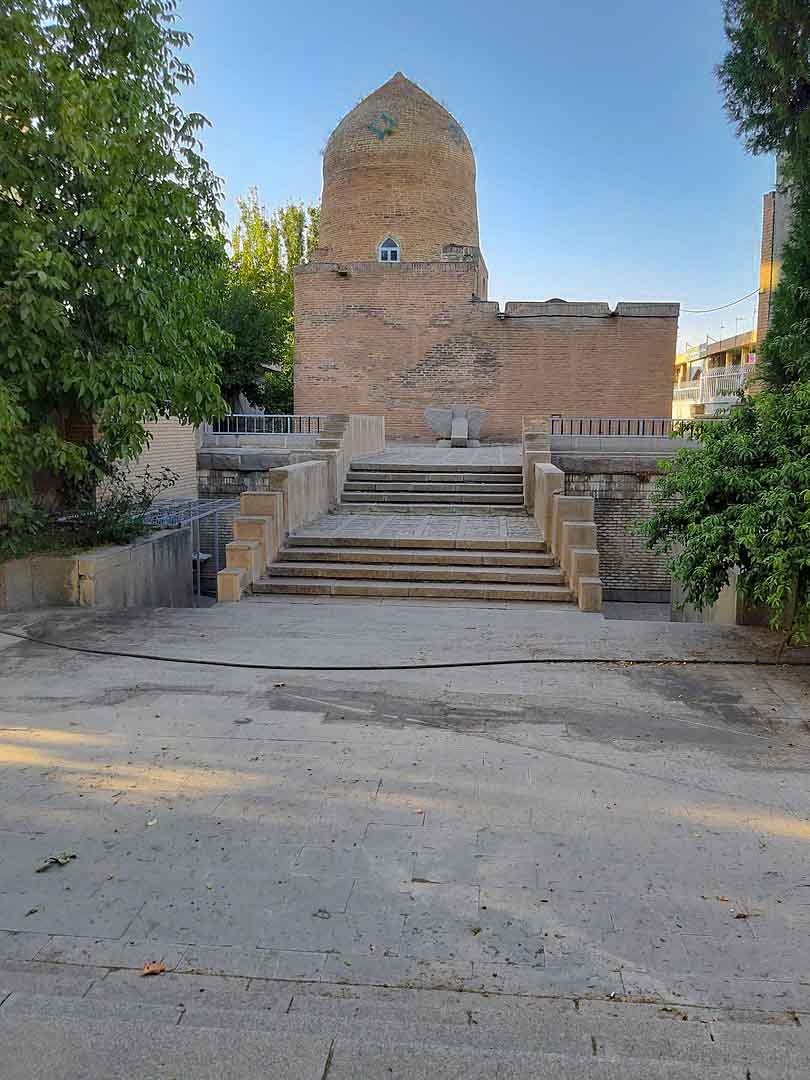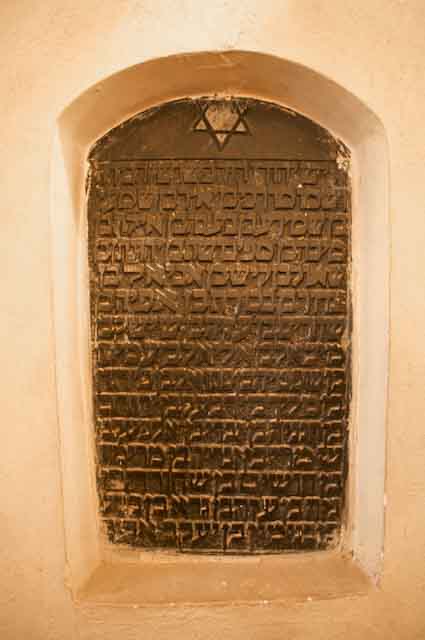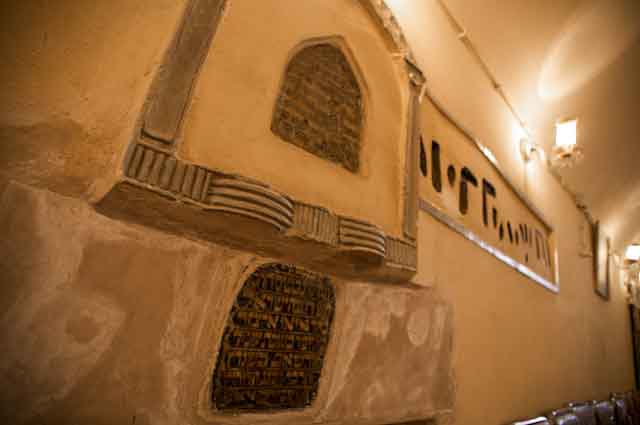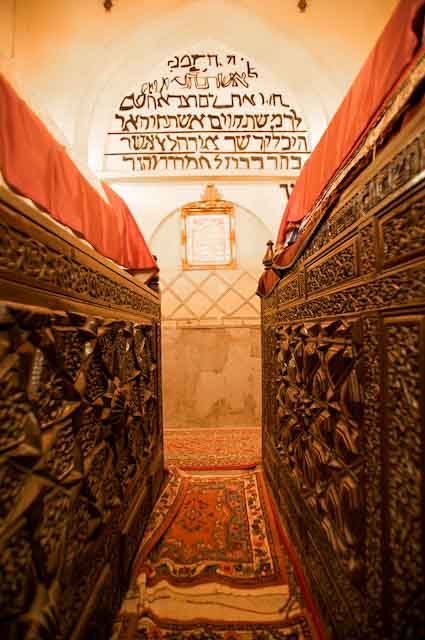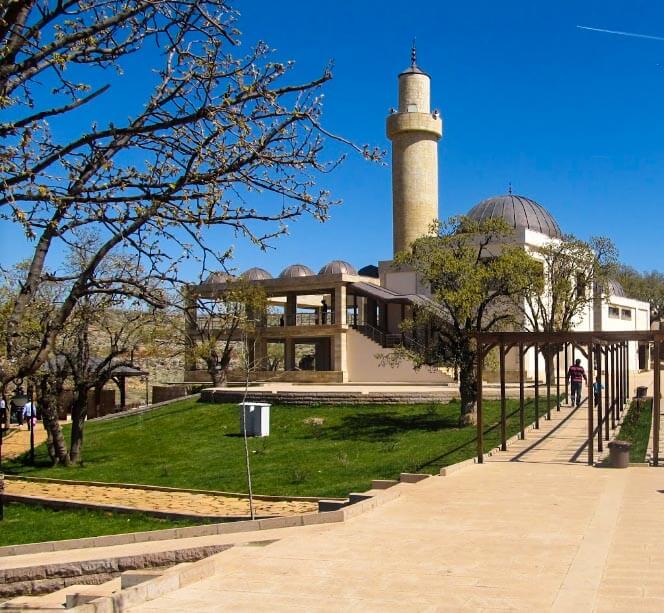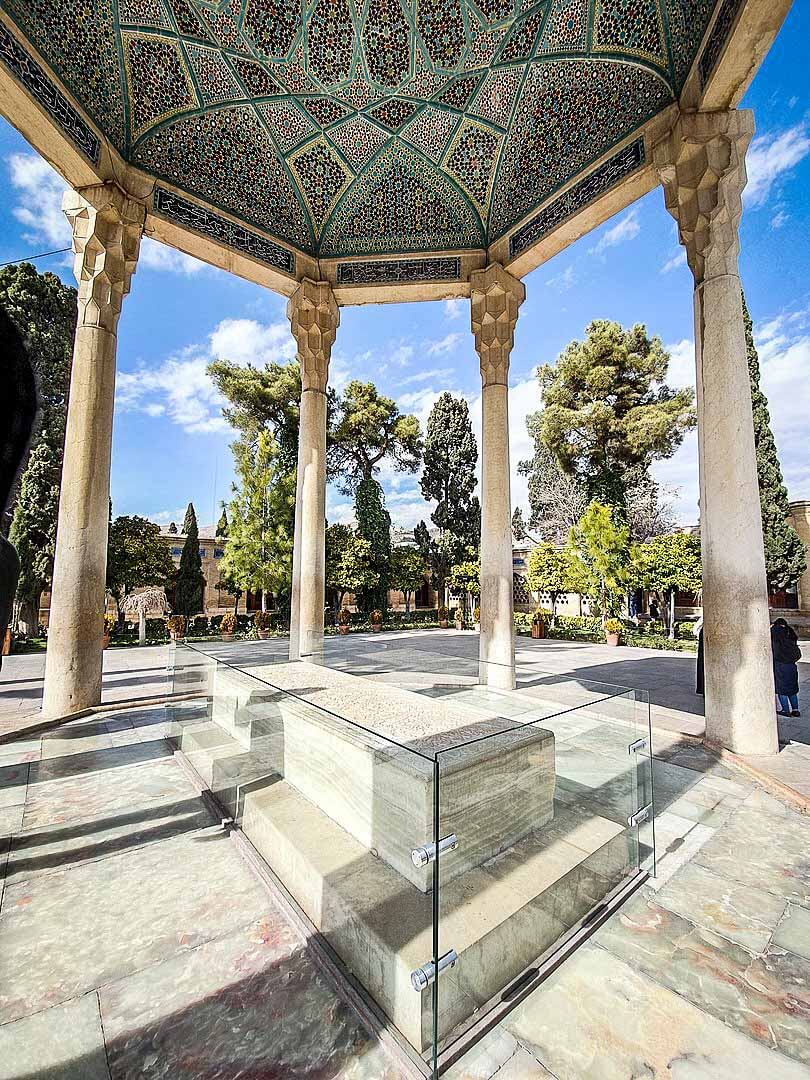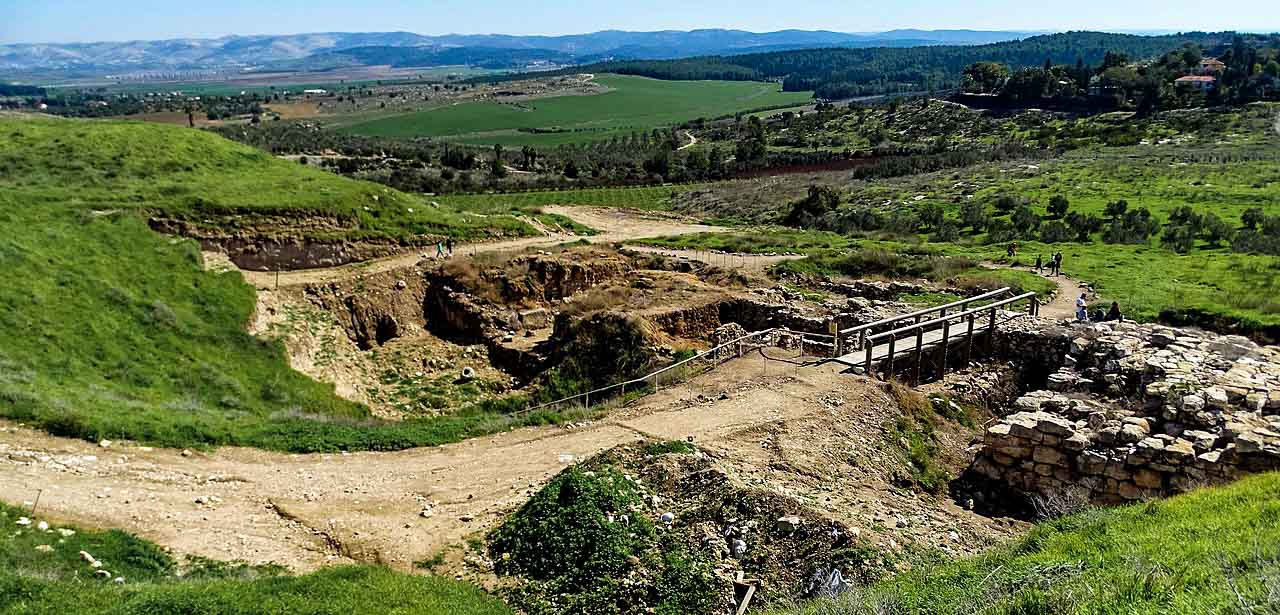Hamadan, Iran
Coordinates: 34.798007, 48.512818
A tomb of Esther and Mordechai is at Hamadan, within a mausoleum believed to have been built in the 1600s, and is first attested in the 11th century.
According to scripture, Esther was a beautiful Jewish girl who was chosen to be the wife of king Xerxes I in Persia.
She lived in Iran with her cousin and guardian Mordechai. Mordechai offended the king’s chief adviser Haman, who then resolved to kill all Jews in Persian empire as revenge.
Queen Esther was able to foil this plan, saving the Jews and leading to the end of the adviser Haman’s life instead.
Mordechai was positioned as a king’s adviser after that. Both Esther and Mordechai obtained a status as prophets in the history of Jewish people.
Their final resting place in Hamedan is a special place of worship and has been maintained in a good condition.
Over the years, the building has been restored and repainted several times. However the eagerness and efforts of restaurators has changed many of the interior description notes on the walls.
These have been written in Hebrew originally but after many overpaintings, the writings have changed so considerably that by now the text does not make much sense.
While Esther does not appear in Islamic tradition, Muslims have many examples of bold and courageous women who spoke up and acted for Allah and for humanity even at the expense of their own life. I’d like to talk to you about the one that I think comes closest in spirit to Esther, a woman who plays a key role in the Quranic version of the Exodus story.
In the Qur’an, it is not Pharaoh’s daughter who rescues the infant Hz. Musa عليه اسلام from the river, as in the Torah, but rather Pharaoh’s wife, named Bibi Asiya رضي الله عنها in the Qur’anic account.
According to the Quran, on taking the infant Hz. Musa عليه اسلام to the palace, Bibi Asiya رضي الله عنها says to her husband Pharaoh, “Here is a joy of the eye for me and for you. It may be that he will be of use to us, or we may adopt him as a son.”
The Qur’an does not directly record Pharaoh’s reaction to this, but we may conclude from what comes later that he was none too happy with Bibi Asiya رضي الله عنها’s taking the boy into their home—and, as it turns out, into her heart as one of her own children.
For a time, Bibi Asiya رضي الله عنها kept her faith secret, but finally, when she saw her husband condemn her daughter’s Hebrew servant and her children to be burnt alive for the “crime” of worshipping the one true Allah, she could keep silence no longer.
She revealed her faith to Pharaoh, who tortured and then killed her, so becoming a martyr for her faith in Hz. Musa عليه اسلام and the one true Allah.
Bibi Asiya رضي الله عنها, like Esther and also Miriam in Jewish tradition, can be an inspiration for women seeking their own voice today, and exercising their power against oppression and injustice.





